®
R.M.S. Titanic
05727-0389 2013 BY REVELL GmbH. A subsidiary of Hobbico, Inc. PRINTED IN GERMANY
R.M.S. Titanic R.M.S. Titanic
Die Kiellegung der
Titanic
erfolgte am 31.März 1909, etwa fün-
fzehn Wochen später, nach dem man das Schwesterschiff
Olympic
auf Kiel gelegt hatte. Beide Dampfer wurden fortan
gleichzeitig gebaut und mit einem Höchstmaß an Eleganz und
Luxus ausgestattet. Es war vorgesehen, beide Dampfer im
angesehenen transatlantischen Liniendienst der
White Star
Line
einzusetzen.
Zwei Jahre später, am 31.Mai 1911, übergab die nordirische
Werft
Harland & Wolff
die fertig gestellte
Olympic
an die
Reederei und noch am selben Tag gegen 12:15 Uhr erlebte die
Titanic
ihren Stapellauf. Mit einer Länge von 269,04 m, einer
Breite von 28,19 m und einer Tonnage von 46.329 BRT übertraf
sie alle bis dahin gebauten Schiffe und war im Jahr 1912 das
größte Schiff der Welt.
Zunächst übernahm Kapitän
Edward John Smith
das
Kommando der
Olympic
, ehe er für die Jungfernfahrt auf die
Titanic
wechselte. Am Mittwoch, dem 10.April 1912, brach sie
von Southampton auf, wobei sie nur knapp einem
Zusammenstoß mit der im Hafen vertäuten
New York
entgeht.
Die Stationen Cherbourg (Frankreich) und Queenstown
(Irland) lagen auf dem Weg nach New York (USA).
Die Überfahrt verlief problemlos, bis das aufgrund zahlreicher
Eisbergwarnungen am Sonntag (14.April 1912) gegen 23:40
Uhr (Bord zeit) die Glocke des Ausgucks ertönt. Das Schiff
streift den Eisberg auf der Steuerbordseite und versinkt nach
zwei Stunden und vierzig Minuten in den eisigen Fluten des
Atlantiks. Nur 712 Menschen überlebten die Katastrophe.
Kapitän Smith
ging mit seinem Schiff unter.
© T-M-G (Titanic-Museum-Germany), wissenschaftliche
Beratung durch den Historiker und Titanic-Experten Andreas
Pfeffer
The keel of the
Titanic
was laid on 31
st
March 1909, about fif-
teen weeks after that of her sister ship the
Olympic
. Both lin-
ers were built simultaneously and fitted out to the highest lev-
els of elegance and luxury for the period. It was intended that
they would both sail in the
White Star Line’s
prestigious
transatlantic service.
Two years later, on 31
st
May 1911 at the
Harland & Wolff
ship-
yard in Northern Ireland, the completed
Olympic
was handed
over to their new owners and
Titanic
was launched at about
15 minutes after noon that same day. With a length of 269,04
m, a beam of 28,19 m and a gross registered tonnage of 46,329
GRT, she was bigger than any ship built before and by 1912 was
recognised as the largest ship in the world.
Initially Captain
Edward John Smith
took command of the
Olympic
but later joined
Titanic
for her maiden voyage which
began on Wednesday 10
th
April 1912 when she set out from
Southampton. Ominously, as she was manoeuvring out to sea
she only just missed the
New York
that was moored in the har-
bour.
Titanic
next called at Cherbourg (France) and then
Queenstown (Ireland) before making her way to New York
(USA).
The crossing proceeded without incident until Sunday 14
th
April when, at about 23.40 hours (ship’s time), the look-out
bell rang out iceberg warnings. The ship brushed an iceberg on
her starboard side and sank two hours and forty minutes after
the collision in the icy waters of the Atlantic. Only 712 people
survived the catastrophe and
Captain Smith
went down with
his ship.
© T-M-G (Titanic-Museum-Germany), scientific advice from the
historian and Titanic expert Andreas Pfeffer
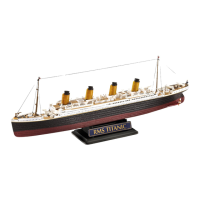





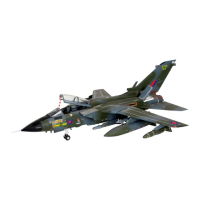


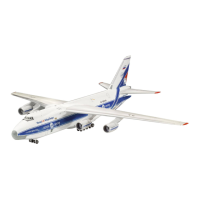
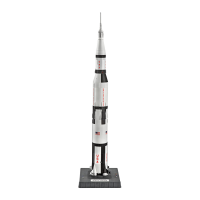
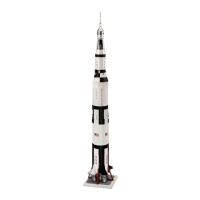
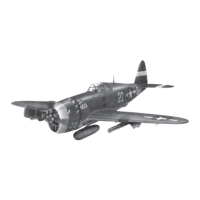
